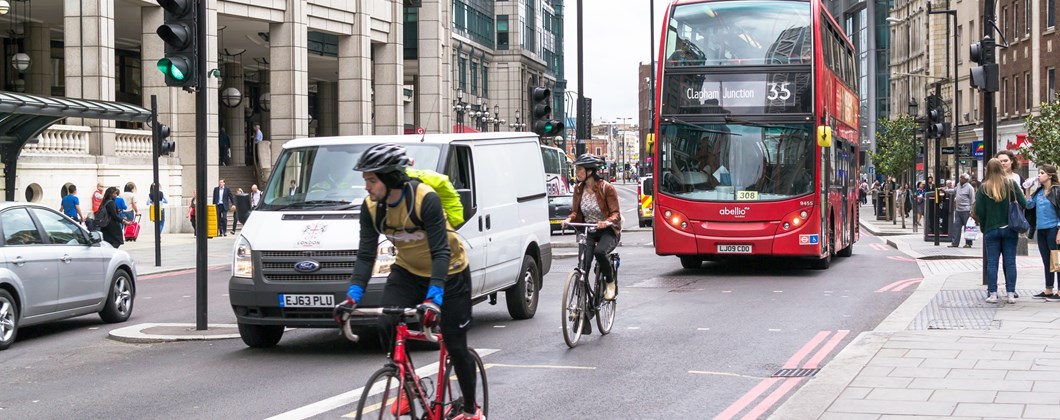Make sure your drivers are aware of the Highway Code changes implemented on 31st January 2022

Following a review to improve safety for pedestrians, cyclists and horse riders, some important changes to the Highway Code were implemented from 31st January 2022. Communication of these changes has been widely criticised so it’s, vital that organisations running vehicle fleets ensure that their drivers are aware.
Here is a summary of the new rules:
Hierarchy of road users
Drivers no longer have priority at junctions
This rule gives more vulnerable road users right of way at junctions. Under the new rules drivers should give way to cyclists, horse-riders, pedestrians, or scooters, which are ready or preparing to cross a junction. If there is an accident, the fault will automatically lie with those ‘who can do the greatest harm’ unless proven otherwise.
Before this amendment to the Highway Code, motorists had priority at junctions unless the other road user was half way across the junction.
Motorists should not cut across cyclists, horse riders or horse drawn vehicles when turning into or out of a junction
The main theme of the changes is for the law to require those who can do the greatest harm to others to have a higher level of responsibility to reduce the danger. The first new rule sets out a hierarchy of road users in accordance with this general rule, “to ensure a more mutually respectful and considerate culture of safe and effective road use that benefits all users".
The hierarchy makes HGV drivers more liable than minibus drivers, who will be more liable than passenger car drivers and so on to Pedestrians who are considered the most vulnerable road users.
Left turn accidents with cyclists are all too common when drivers overtake a cyclist then immediately turn left in front of them.
For that reason, Rule H3 explicitly states that drivers “should not cut across cyclists, horse riders or horse drawn vehicles going ahead when turning into or out of a junction or changing direction or lane, just as you would not turn across the path of another motor vehicle.”
All traffic must stop for pedestrians waiting at crossings
The Code now requires drivers to stop at zebra crossings if people are waiting to cross. People waiting at a zebra crossing may now report the registration of a vehicle which fails to stop to the police. Previously not it was only necessary for vehicles to stop if a pedestrian had stepped onto the crossing
Minimum recommended passing distances
The wording of rules regarding passing distances has been amended to include guidelines for overtaking pedestrians, cyclists and horses. Motorists should:
- Leave a minimum distance of 1.5m at speeds under 30mph;
- Leave a minimum distance of two metres at speeds over 30mph;
- Always leave a distance of at least two metres if driving a large vehicle;
- Allow two metres of distance when passing a pedestrian who is walking in the road;
If it isn’t possible to leave these distances, motorists shouldn’t overtake.
Using hand-held mobile phones is prohibited, except in an emergency
The use of mobile phones to call and text whilst behind the wheel has not been allowed since December 2003. The 2022 update extends this ban, prohibiting drivers from using their handheld device for anything, including, scrolling through playlists, even if the vehicle isn’t moving. While mobile phones can still be used for hands-free calls, payment at tolls and satellite navigation, they’ll need to be securely fixed
Contact your GRP broker should you need advice on fleet risk management or insurance.
